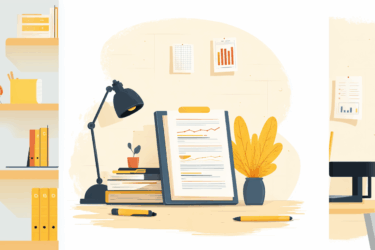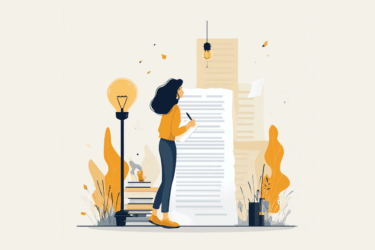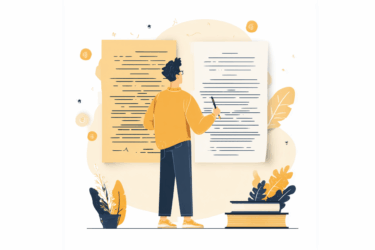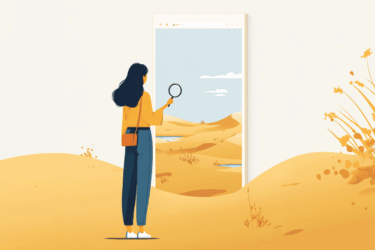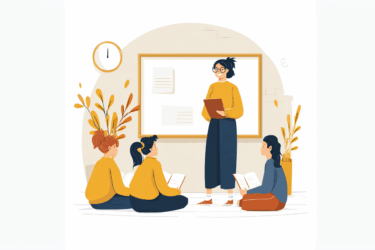Patchwork, or mosaic plagiarism, is a fancy way to call the text that has not been copied word for word but creatively rearranged. The gist of the problem, plagiarism, remains the same: using someone’s work without attributing the authorship is unethical. Can a plagiarism tool identify this type of copying and how to work with the sources correctly?
Why patchwork plagiarism is a problem
The idea behind patchwork plagiarism is the assumption that if one does not copy the text completely but picks some extracts from different sources and adds linkers, the paper will be considered original. This writing magic does not work like that, as the mosaic consisting of plagiarised pieces still makes a plagiarized picture.
Read more about Why Plagiarism is a Problem.
How to use the sources without plagiarising
The only way to use the sources correctly is to attribute each of them every time you borrow ideas or phrases.
- Cite your sources according to the appropriate style – citation generator tools may be helpful to ensure your list of resources looks professional and comprehensive.
- Use quotation marks whenever you add a direct citation. Don’t forget to mark attribution.
- Paraphrasing does not give you the right to use someone’s work as your own achievement. Mention the author if you borrow their concept.
- Avoid overreferencing: you are supposed to bring a new angle to the paper you are crafting. So, use the sources to the necessary extent and contribute with your reflections, examples, and conclusions. An individual approach is the best way to create an original piece.
- Use a plagiarism check to see whether your efforts have been successful. The tool will highlight the parts matching detected sources so you can double-check and polish your work.
What is AI plagiarism
AI plagiarism is another trap modern writers and students want to avoid. There is nothing wrong with asking Chat GPT or Google Bard for some tips or facts. However, if you expect the AI to generate the whole text extract for you, it is crucial to realize that its writing can’t be considered original.
AI model analyzes all the information it has – which is vast but limited! – and generates the text based on this data. So, chatbots do not create anything original, even if the content you get sounds unique. A reliable AI content detector will recognize the text generated by AI, which can cause problems both in the academic environment and creative domain.
Formally, the term patchwork plagiarism is used to describe a text composed of pieces borrowed from different places. But technically, it is also applicable to AI plagiarism, as AI tools work similarly, compiling data from various resources.
PlagiarismCheck.org offers solutions to meet all the challenges mentioned. Detect mosaic plagiarism, improve your writing, and look for AI traces in a convenient way. Check out our extensions and platform integrations now and try free plagiarism checker to see how it works!


